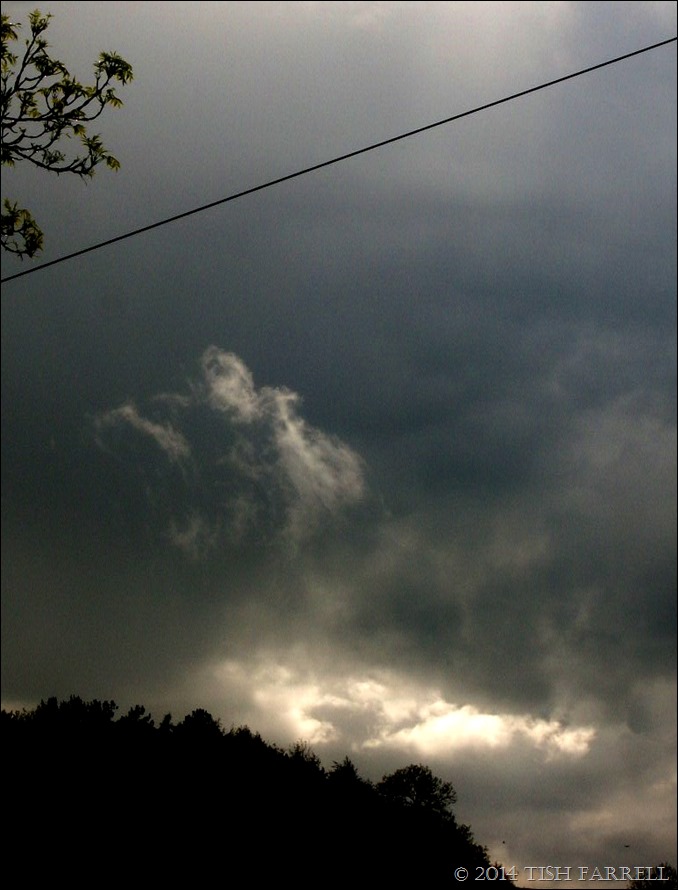
The poaching of rhinos for their horn is a truly abhorrent trade, and shows humans at their worst, not only in terms of wanton cruelty, but also for their gross stupidity in believing that the horn a) makes a nice macho handle for their dagger, or b) does a single thing for their sexual performance. I do not wish to be sexist, but we are talking of the male of the species here.
However, while we are blaming recent decades of poaching for big game loss, it is worth remembering that some truly monumental decimation took place in countries like Kenya under colonial rule, and by the kind of aristocratic settler who considered East Africa their own personal hunting ground; this to the exclusion of the people whose land it had been for generations, and who then became labelled poachers if they were caught hunting for the pot.
John Hunter, was but one of many white hunters who worked both on his own account as a safari leader, and as a game clearance officer for the government. He began his hunting career around 1910 after quitting his job as a guard on the Mombasa railway. In an article in LIFE magazine 12 July 1952 he begins by saying:
When I first came to Kenya the game covered the plains as far as man could see. I hunted lions where towns now stand, and shot elephants from the engine of the first railroad to cross the country. In the span of my 65 years the jungles have turned to farmland and savage tribes have become factory workers. I have had a little to do with this change myself; for the government employed me to clear dangerous beasts out of areas that were opened to cultivation.This was in a day’s work for me; yet I have always been a sportsman.
John A Hunter(1887 – 1963)
*
His career tally for elephants killed is 1,400, but when it comes to rhinos, he holds the world record. Over a two-day period he was responsible for 1,000 rhino deaths, the slaughter taking place in the Makindu area of Ukambani, about a hundred miles south of Nairobi. The land, and rather poor land at that, was wanted by the authorities for the resettlement of the Akamba people. But the scale of the killing goes to show how plentiful these animals once were.
When John Hunter came to retire in 1958, it was to the small hotel he had built at Hunter’s Lodge, Makindu. I have written about the place in other posts; we practically lived there in ‘92. The story goes that successive owners had long given up trying to keep the roadside hotel sign upright. Always, the locals said, some avenging rhino would come and flatten it. Whether this was a real or a spirit rhino, no one said, but there were certainly no rhinos in sight when we were there.
Today in Kenya there are several private reserves where small numbers of black and white rhinos live out their lives with round-the-clock ranger-guards. At the time when the top photo was taken, the white rhino concerned inhabited, with several others, a secluded part of a Maasai-owned group ranch. It is hoped that initiatives such as these will keep the species viable, but it is by no means certain. It is anyway a dangerous job for the men in the photo below. These days poachers come well armed with automatic weapons. It takes great bravery and strength of character to protect the world’s wildlife out in the bush. So three cheers for the rangers wherever they are working on this, WORLD RHINO DAY. These men and women deserve all our praise and support. It is only a shame that their diligent protection continues to be needed.

Anti-poaching team in a private reserve in Northern Kenya
*
copyright 2014 Tish Farrell
For a South African perspective on the state of rhinodom see De Wets Wild, always a blog worth visiting for its wonderful wildlife photos.
And for an Indian view, Sriram Janak’s wonderful blog.
Ailsa’s travel theme: strong for more strong stories















![IMG_0258_thumb[2] IMG_0258_thumb[2]](https://tishfarrell.files.wordpress.com/2014/09/img_0258_thumb2_thumb.jpg?w=678&h=569)











